El Pont d’Armentera: The Gaià in its purest form

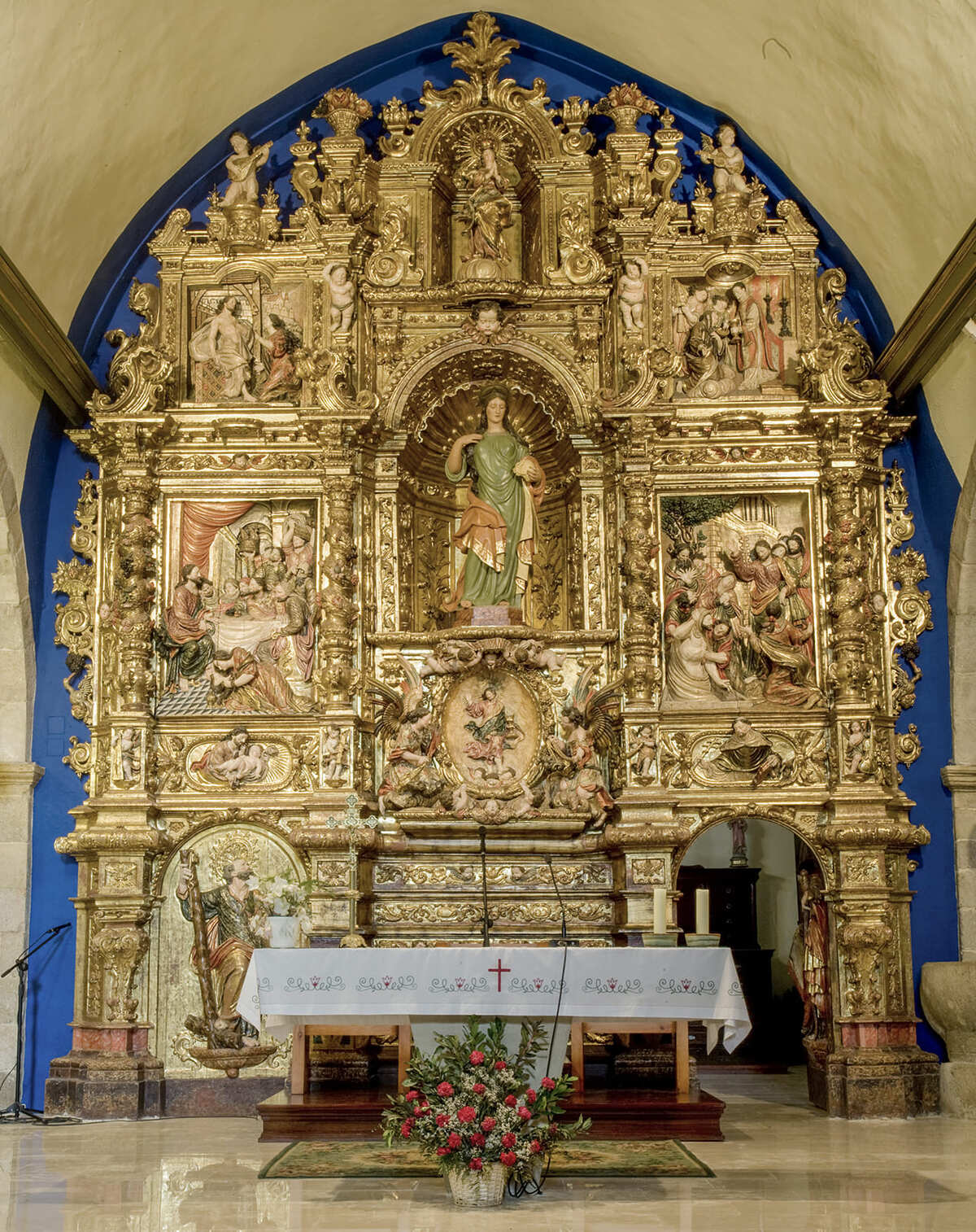
Be sure not to miss: the baroque altarpiece in the parish church of Santa Magdalena, one of the few preserved in the region; the pools and natural areas around the Gaià river, trips to Selmella castle, the old hermitage of Sant Pere del Gaià and the Cal Cagall country house.
The Pont d’Armentera includes the deserted village, Selmella, at the northeast end of the municipality, on the slopes of the Comaverd mountain range. In the old Castle (BCIN), archaeological activities were carried out which discovered a tower and other buildings. The church of Sant Llorenç (BCIL), of a very primitive Romanesque (10th century) type, has preserved the bell tower and has solid, well-cut stone walls, supported by thick buttresses; it is currently in the process of consolidation and restoration. The trip to Selmella passes through several notable farmhouses such as Mas de la Mel and Cal Figueras. Two of the most individual country houses in the area are Cal Cagall (BCIL) and Pallissa de la Creu, with a well-preserved chapel, a Romanesque structure and a small atrium in the front.
The parish church of Santa Magdalena (BCIL) has a magnificent baroque altarpiece (dated 1702) from an unknown artist which was saved from destruction in 1936, when many images of the temple were lost, such as the Saint herself and a venerated Christ, of which there is currently a copy. The altarpiece is made of polychrome and gilded wood, classical in design, with abundant relief imagery and decorations current at that time; it is one of the sculptural jewels of the region.
If you go to the bridge, stroll along the banks of the Gaià river; it's a delight. There are routes to go to the pools and old hydroelectric power station, of which some parts are preserved. It is also interesting to see the start of the aqueduct that brought water to Tarragona from Roman times and the waterfall, close to the town. In the direction of Santes Creus is the old hermitage of Sant Pere del Gaià, mentioned in 980 within the Castell de Cabra district. The bridge is in a very extensive area and several trips can be made: to Selmella, Santes Creus, the dry stone route, the Llamp rock and the Rupit stream, among others.
Notícies relacionades
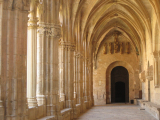





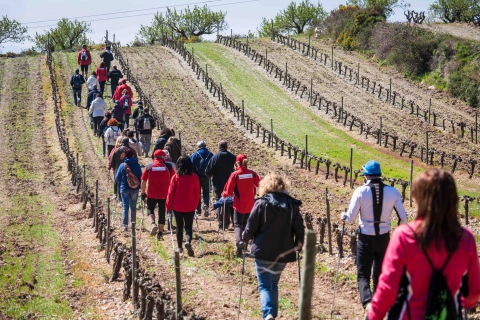


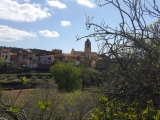
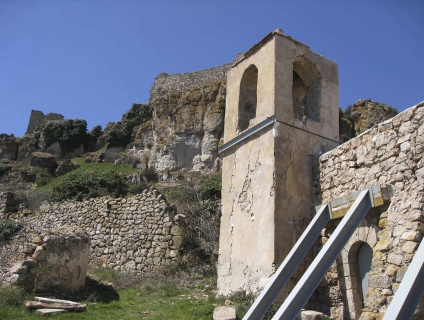
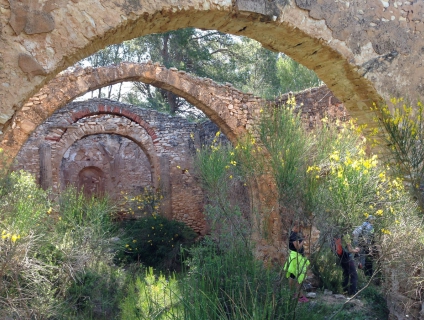
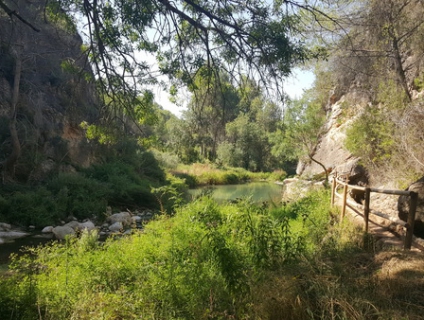
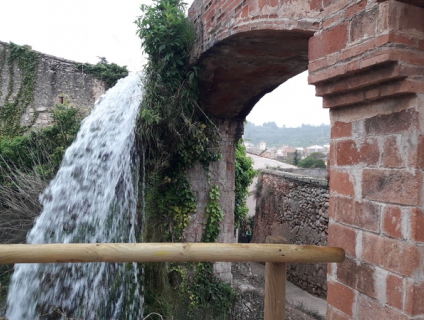

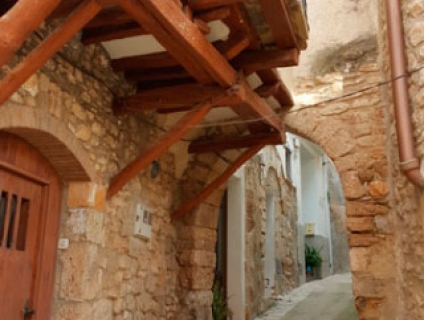













 Entorn Web · Àrea de Coneixement i Qualitat
Entorn Web · Àrea de Coneixement i Qualitat Oficina de Gestió de Turisme de l’Alt Camp
Oficina de Gestió de Turisme de l’Alt Camp






 turismealtcamp
turismealtcamp turismealtcamp
turismealtcamp turismealtcamp
turismealtcamp